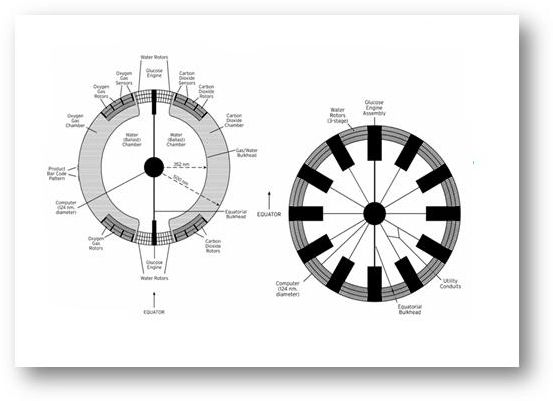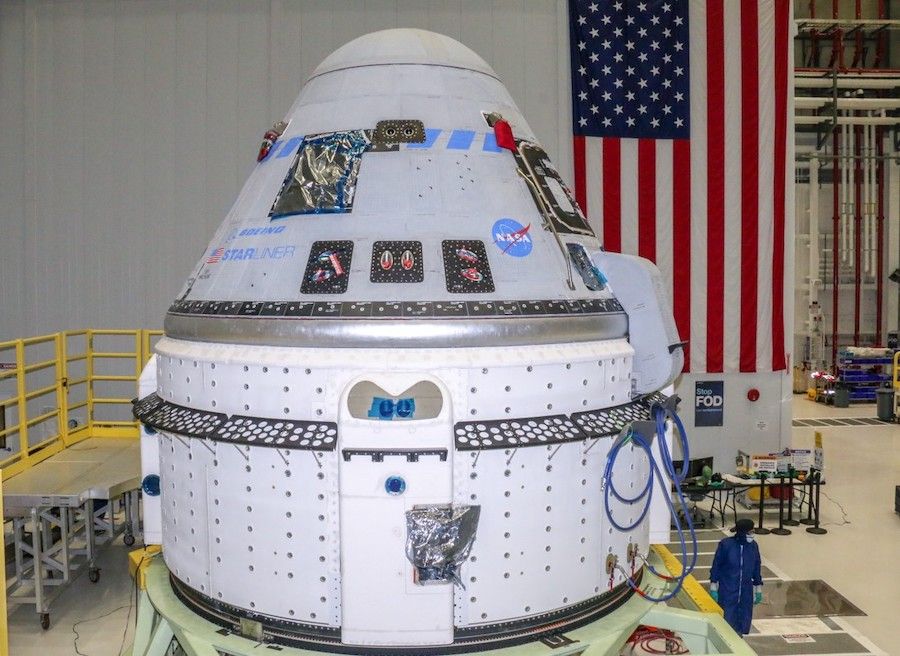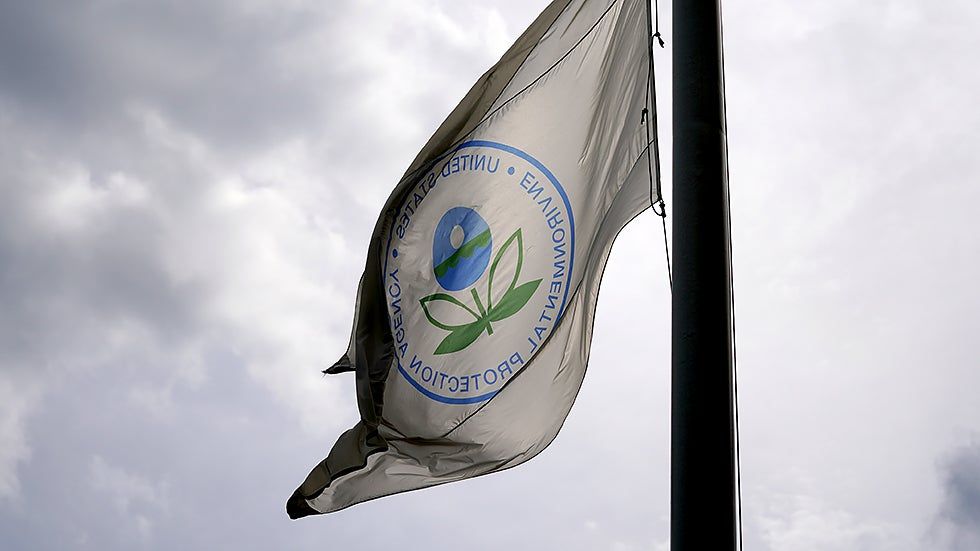Jun 23, 2021
Anti-aging Protein in Blood Cells Helps Slow Cognitive Decline
Posted by Kevin Huang in categories: biotech/medical, life extension, neuroscience
An aging/longevity link, (not sure how novel)
As life expectancies around the world increase, so are the number of people who will experience age-related cognitive decline. The amount of oxygen in the blood declines with age. Aging in the brain might be naturally held at bay by adenosine receptor A2B (ADORA2B), a protein on the membrane of red blood cells which is known to help release oxygen from the blood cells so it can be used by the body.
Aging in the brain is naturally reduced by ADORA2B, which helps get oxygen to the brain when needed. Further testing will be needed to determine whether ADORA2B levels naturally decline with age and whether treatment with drugs that activate ADORA2B can reduce cognitive decline in normal mice.
Continue reading “Anti-aging Protein in Blood Cells Helps Slow Cognitive Decline” »


















